October 2014 Geological Sciences Newsletter
Somewhere between West Virginia and Bighorn Basin, students developed the essential ability to “see” the geology.
The summer of 2014 saw another successful edition of the Ohio University Field Camp, with 15 students and four faculty.
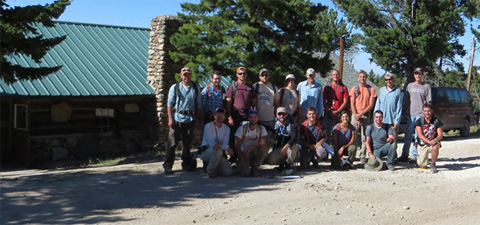
Field hardened geology students at YBRA, Montana, July 26, 2014. Participants (from L to R): 1st row: Craig Grimes (professor), Joe Curry, Cody MacDonald (TA), Daniel Hermanns, Lauren Johnson, Thomas Gregory. 2nd row: Matt Schorr, Nathaniel Simonetti, Jacob Miller, Dan Crumrine, Sarah Maj, Michael Yeager, Greg Ginther, Stu Holmes, Brett Johnson, Doug Green (professor).
Starting in West Virginia, and Chili at Dr. Green’s Cabin
Following the same format that has been used for the past decade, the first part of field camp was taught in and around Athens and in West Virginia in June. In this segment, Dr. Damian Nance and Dr. Greg Springer introduced seniors to the Brunton and the fine arts of field observation, data recording and the construction of geologic maps and cross-sections. The final project for this portion involved mapping the Germany Valley structure near Judy Gap, WV, (and eating a lot of chili at Doug Green’s cabin near the Dolly Sods Wilderness area).
The second part of field camp has that component that most geologists associate with a field camp—an extended stay mapping big geology at some western locale.
Prior to Ohio University’s switch from quarters to semesters, the western portion was taught near Death Valley, CA, just after Thanksgiving. With the loss of the long December break under the semester system, a new location for a summer field camp was needed. The Yellowstone-Bighorn Research Association facility along the Beartooth Front near Red Lodge, MT, was ideal for the department’s needs. Following a dedicated scouting trip in 2012, Dr. Keith Milam and Dr. Doug Green ran the inaugural (2013) Montana Ohio University Field Camp there. The YBRA camp was established by the Princeton University Geology Department in the 1930s and has been supporting field camps for many schools and organizations ever since. The camp has cabins, classrooms for lectures and map work, and a fully staffed dining hall (no more faculty or student cooking!).
Then Heading West to Bighorn Basin and Beartooth Front
This summer, Doug Green and Craig Grimes packed up three vans and a truck with students and gear and headed west just after the July 4th weekend. With stops to camp in Iowa, the Badlands, and Devils Tower, and geology stops in the Black Hills, the group arrived in Red Lodge on July 10, 2014, and began fieldwork the next day.
For the rest of the month, the students worked on three projects of progressively larger areas, more difficult terrain, and more complex geology in both the Bighorn Basin and along the Beartooth Front itself. During this time, the group also toured the Stillwater palladium/platinum mine, took in a nice presentation on the operations of the Elk Basin oilfield from Encore Energy, and participated in a joint one-day field trip with the University of Houston field camp to examine the Heart Mountain detachment.
All things must pass. So on July 28, the group left Red Lodge and toured Yellowstone before turning east and heading home. After camping in Cody, WY, Kearney, NE, and near Hannibal, MO, they arrived back in Athens on July 31, tired but transformed.
The contrast between those first maps which the students produced in June and the ones turned in for their final project in July was striking. And in that period, they developed the essential ability to “see” the geology.
With Thanks for Alumni Support
It should be acknowledged here that alumni donations in support of field camp covered each student’s approximately $900 fee associated with the course. This is separate from the larger per-credit tuition cost that the students also face.
The students were quite grateful for this support and vowed to similarly help future field camp students once gainfully employed.
Next year, Craig Grimes and Damian Nance will be shepherding Geological Sciences seniors out west and back, so check next year’s newsletter for their tales of adventure!


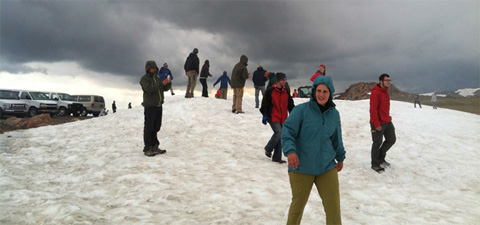

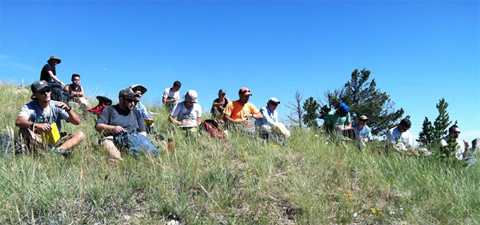
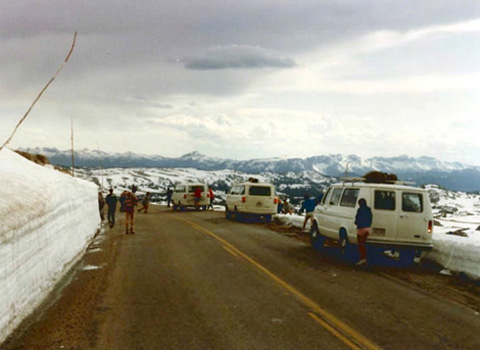
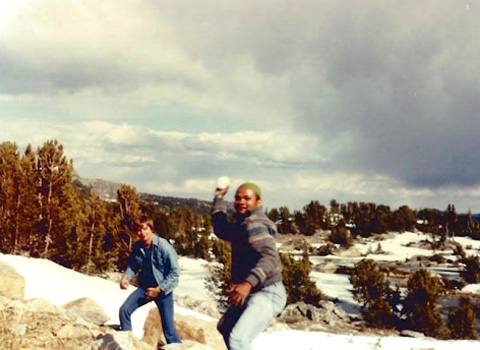

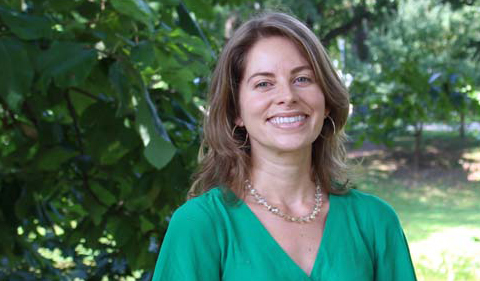














Comments